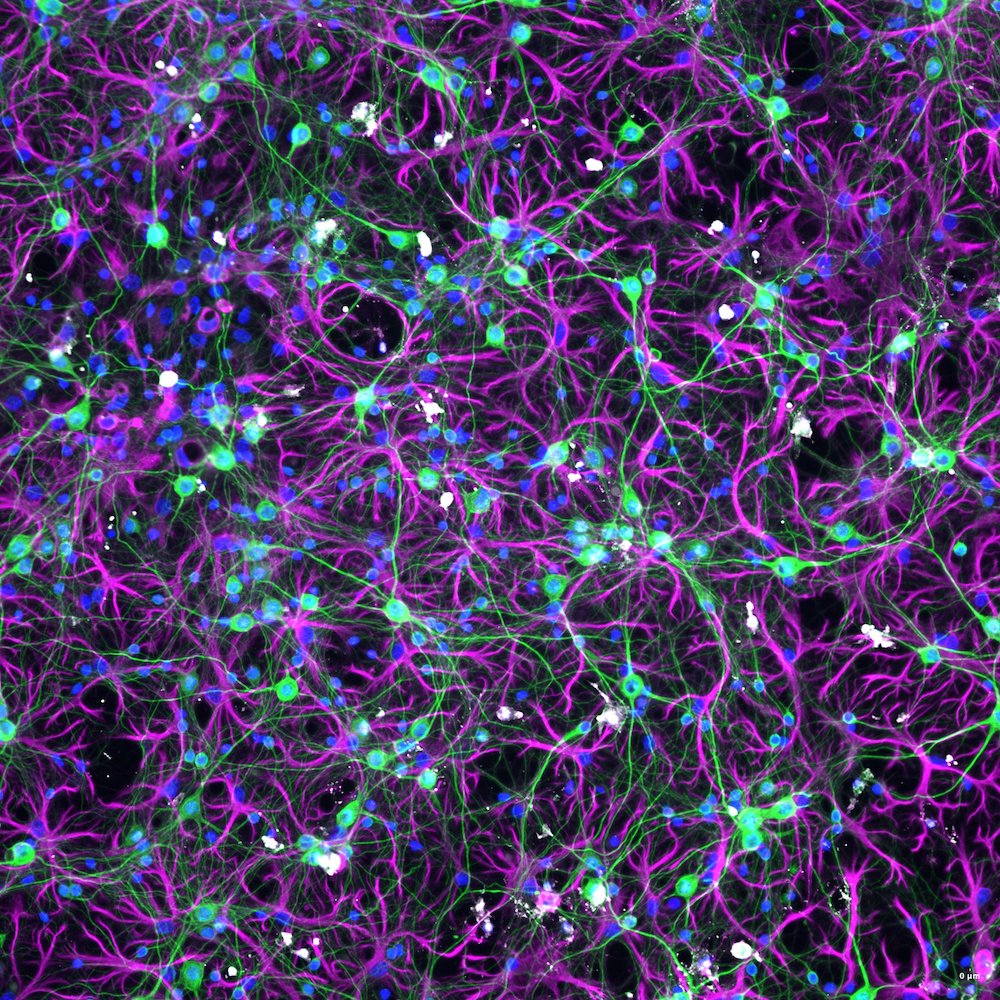Biography
Prof Will McEwan joined the UK DRI in 2020 with a Wellcome Trust Fellowship following his postdoctoral training at the MRC Laboratory of Molecular Biology in Cambridge. Will trained as a viral immunologist and during his postdoc co-discovered and characterised the novel antibody receptor TRIM21. His team at the UK DRI at Cambridge have demonstrated that TRIM21 can be effective at clearing aggregates in the context of neurodegenerative disease. His group focuses on tau and other intracellular protein aggregates.
McEwan Lab
Explore the work of the McEwan Lab, focused on understanding the mechanisms of tau accumulation and exploring new methods for treatment of tauopathies.

